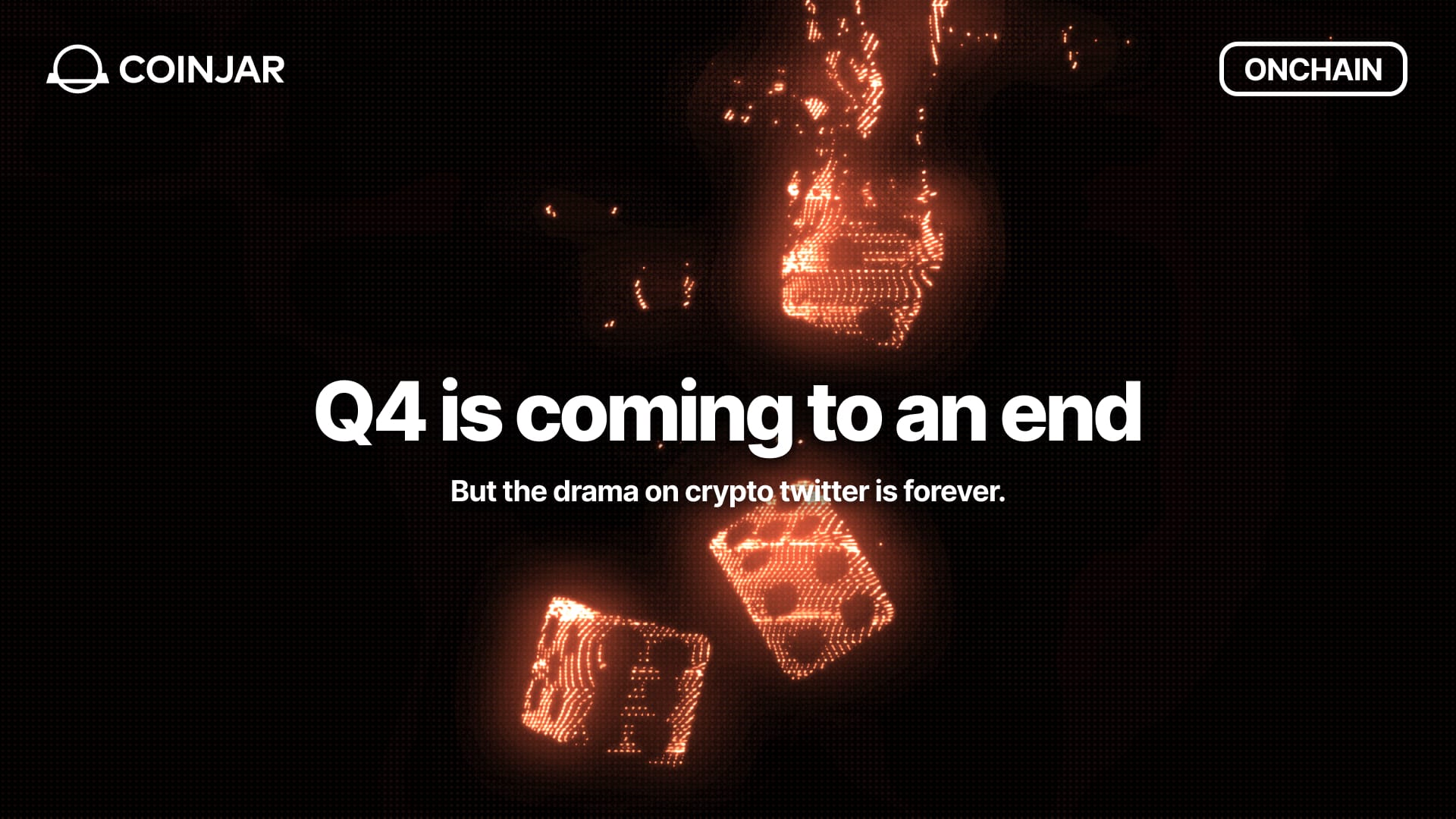The Decoupling
April 2, 2020
Share this:

The coronavirus is pushing the global financial system to the absolute brink. Will this be Bitcoin’s moment?
I think it’s fair to say that we’ll always remember March 2020. It was the month that one-third of the world’s population – 2.6 billion people – went into borderline house arrest. It was the month that international travel basically ceased, that countries closed their borders to outsiders and tens of millions went jobless overnight. It was the month that the longest bull market in history came to a brutal and shuddering halt and crypto saw its biggest one day drop in history. And that’s not even mentioning the virus itself…
It was, in short, a hell of a month. Can’t wait to see what April has in store!!!

The perfect storm
Right now, the stock market and the crypto markets are more correlated than they’ve ever been, an indicator of exactly how much panic-selling is occurring. In lieu of the regular markets, we’re witnessing a worldwide dash for cash – specifically, the US dollar.
Since the end of World War II, the US dollar has been the ultimate safe haven asset. When all else is chaos, you can rely on the US dollar – and by extension the US economy – to hold its value. Yet in the face of the coronavirus catastrophe, America is being forced to pursue the same fiscal policy as everyone else: printing and spending ungodly amounts of money. Last week the US government released a $6 trillion stimulus package, including an essentially unlimited license for the Federal Reserve to buy whatever distressed assets they need to in order to keep the economy afloat. And where does the Fed get its money from?
Money Printer go BRRRRRR
Printing money is an essential part of a central bank’s toolkit, but every time they put more money into circulation it reduces the currency’s purchasing power. Done to excess it can lead to runaway inflation and currency devaluation. Hello, Venezuela! Not even the greenback is immune: a single US dollar is worth around 97% less today than it was in 1900.
Bitcoin emerged from the shadows of the GFC, where the world’s governments basically printed and borrowed their way out of trouble, irrespective of the collateral damage to everyday citizens. But whereas the GFC felt like a warning tremor, this feels a bit more like the Big One. The whole global economic machine is based on the assumption that growth is a constant – more people, more jobs, more consumption. But what happens when the engine screeches to a halt?
The Decoupling
Unlike regular currencies, you can’t print more bitcoin. There will be 21 million of them and that’s that. They can’t be withdrawn from circulation or released on cue. As a currency, it’s inherently deflationary – its purchasing power will tend to grow over time as it becomes increasingly scarce.
This is why people have started talking about ‘the decoupling’, the moment when crypto markets and regular markets start moving in different directions: one up, the other very much down. One spur could be a looming liquidity crisis, where the demand for the US dollar outstrips the available supply. If money flows begin to freeze up, then bitcoin could offer new avenues of mobility, as well as immunity from currency devaluation and central bank policy.
With the BTC price in the doldrums, we haven’t seen any sign of the decoupling yet. But what we’re witnessing from central banks right now is literally why Satoshi invented bitcoin in the first place. For cryptocurrency, it may well be now or never.
Ask CoinJar
What does liquidity mean? Why is it important in trading?
At a very basic level, trading liquidity is the capacity to provide something at the price requested. It’s a measure of how deep a given market is – if you want to buy 10 bitcoin at $6000, but there’s only 2 for sale at that price, then you’re dealing with an illiquid market. Buying the full amount of BTC would mean you had to pay more than you wanted to, a gap known as slippage.
Illiquid markets are prone to extreme price movements, because it takes very little demand to move the asking price. It’s why you see those altcoins you’ve never heard of before going up by 50% one day and then crashing by the same amount the next. But even if you’re not pumping-and-dumping shitcoins, a 1% or 2% slippage rate can still equal a lot of money over the long run.
Guaranteed liquidity has always been a key part of our mission here at CoinJar. Our Wallet operates less like a traditional exchange than it does the sort of over-the-counter service used by institutions and sophisticated investors. We offer our customers a price (based on the current price spread on CoinJar Exchange) and if you agree you can rely on that price, up to your daily limit. It means you don’t have to worry about finding the right trade – you can just buy what you want, when you want, in the amount you want.
We are not affiliated, associated, endorsed by, or in any way officially connected with any business or person mentioned in articles published by CoinJar. All writers’ opinions are their own and do not constitute financial or legal advice in any way whatsoever. Nothing published by CoinJar constitutes an investment or legal recommendation, nor should any data or content published by CoinJar be relied upon for any investment activities. CoinJar strongly recommends that you perform your own independent research and/or seek professional advice before making any financial decisions.
The above article is not to be read as investment, legal or tax advice and takes no account of particular personal or market circumstances; all readers should seek independent investment, legal and tax advice before investing in cryptocurrencies. This article is provided for general information and educational purposes only. No responsibility or liability is accepted for any errors of fact or omission expressed therein. CoinJar, Inc. makes no representation or warranty of any kind, express or implied, regarding the accuracy, validity, reliability, availability, or completeness of any such information. Past performance is not a reliable indicator of future results.
Share this:
On/Offchain
Your weekly dose of crypto news & opinion.
Join more than 150,000 subscribers to CoinJar's crypto newsletter.
Your information is handled in accordance with CoinJar’s Privacy Policy.
More from CoinJar Blog

Onchain: Q4 is coming to an end
December 17, 2025But the drama on crypto twitter is forever. Story One EoY reflections kicking in At least if you are to believe the one X article that has been all over my feed in the...Read more
Introducing Travel Rule Support for Your CoinJar Address Book
December 12, 2025Save time and simplify travel rule requirements for your crypto transactions. A new feature is now available in your CoinJar Address Book, designed to make your cryptocurrency...Read more
Introducing CoinJar AI
December 9, 2025A portfolio and market assistant built into CoinJar We are pleased to introduce CoinJar AI in the US and Australia. CoinJar AI understands your portfolio, tracks the market,...Read moreYour information is handled in accordance with CoinJar’s Privacy Policy.
Copyright © 2025 CoinJar, Inc. All rights reserved.
CoinJar, Inc. is a registered Money Services Business with FinCEN and licensed as a money transmitter, NMLS #2492913. For a list of states in which CoinJar, Inc. is licensed or authorized to operate, please visit here. In certain other states, money transmission services are provided by Cross River Bank, Member FDIC.
This site is protected by reCAPTCHA and the Google Privacy Policy and Terms of Service apply.